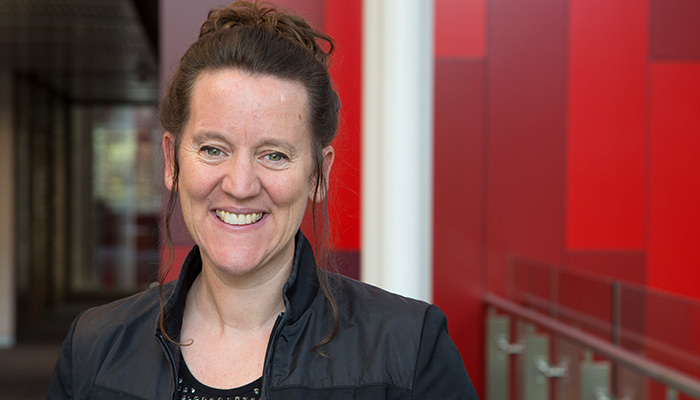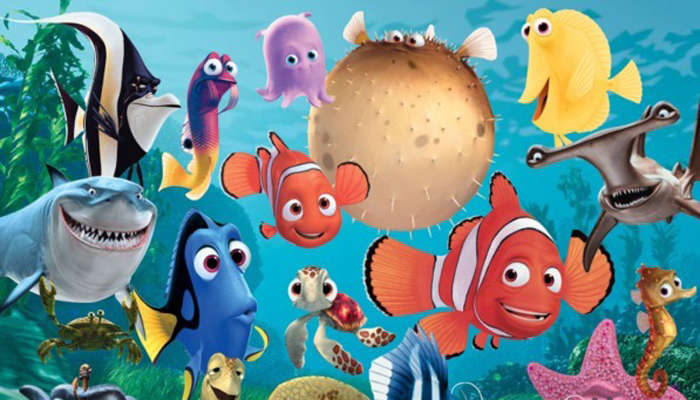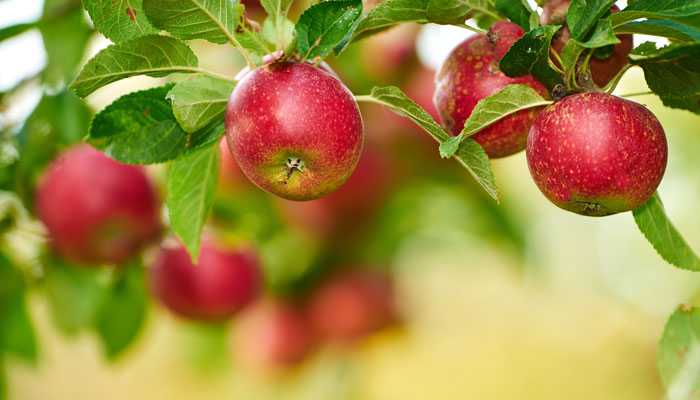When recycling business REDcycle wound up in November 2022, it emerged that 11,000 tonnes of plastics consumers had returned to supermarkets to be recycled were instead put into storage, due to a lack of recycling capacity.
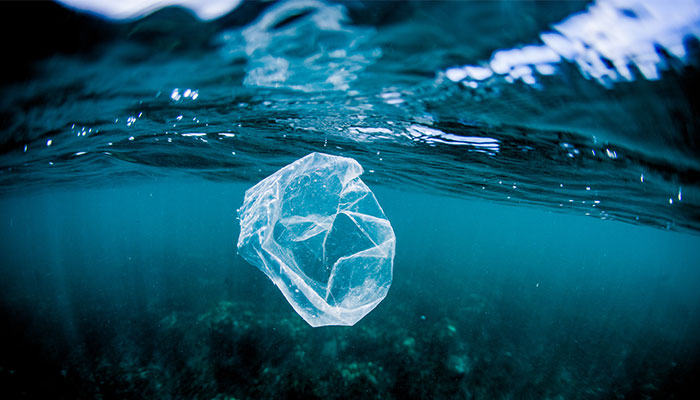
Novel approach: Research has found caterpillars have an appetite for plastics and could provide a new technique for tackling marine pollution.
Australians consume 1 million tonnes of single use plastic each year, with 90 per cent sent to landfill, and approximately 130,000 tonnes leaking into the marine environment. Unless something changes, by 2050, it is estimated that plastic in the oceans will outweigh fish.
But research underway at Macquarie University may hold the key to solving Australia’s growing plastic waste problem.
Microbiologist and ARC Future Fellow Associate Professor Amy Cain is collaborating with partners to develop an innovative approach to tackling plastic waste. She was awarded almost $675,000 in the latest funding round of the Australian Research Council’s Linkage Projects scheme to tackle polyurethane (PU) recycling.
“PU is ubiquitous in our lives, from lacquer coatings and elastane clothing to durable foam padding in car seats, cushions and mattresses,” Associate Professor Cain says.
“There are currently few avenues for recycling and much ends up in landfill.”
A single mattress, for example, produces 15-20 kilograms of PU foam waste.
“Currently, the only way of recycling the PU in mattresses, like the polyethylene in plastic bags, is to ‘upcycle’ them into limited products like benches. This can also only be done once as it downgrades the plastic integrity,” she says.
Fortunately, biodegradation of PU can occur naturally via various microbial means and from insects, such as Galleria mellonella (greater wax moth ) larvae.
When we fed household foams to caterpillars in the lab they munched through 95 per cent in under three days.
The very hungry caterpillars
Associate Professor Cain’s research uses a mix of molecular discovery, microbe bioprospecting and synthetic biology.
“In recent years, bacteria have been identified in oil spills and other extreme environments, forced by evolution to develop the capacity to break down long carbon chains,” she says. More recently, a few insects, including wax moth caterpillars, have been identified as plastivores.
Macquarie University’s Applied Biosciences laboratories are home to Australia’s only fully-functional research facility for Galleria.
“Galleria caterpillars attack beehives in Europe and eat the wax which has a similar chemical structure to polyurethane, Associate Professor Cain explains.
“We are figuring out how they do what they do, picking out the relevant enzymes then creating platforms – in this case synthetic microbes – that eat the plastic more efficiently than the original.”
By working closely with the Centre of Excellence in Synthetic Biology, and with its director Distinguished Professor Ian Paulsen as a chief investigator on the linkage grant, the waste products of the process – carbon dioxide and water – are used as feedstock for other processes.
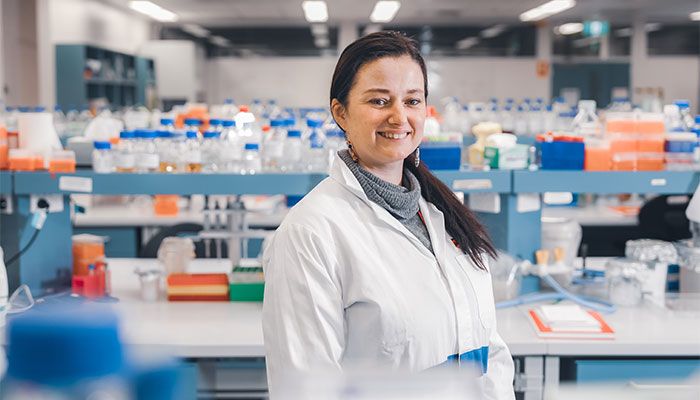
Sort it out: Associate Professor Amy Cain (pictured) says Australians are passionate recyclers but need to improve on separating plastic bottle tops and rings from bottles as these are different types of plastic.
Another priority research area is tackling polyurethane foams. Used in mattresses, car seats and cushions it is designed to be tough and is not currently recyclable, with a single mattress containing as much as 15 to 20 kilograms of foam.
“When we fed household foams to caterpillars in the lab they munched through 95 per cent in under three days," Associate Professor Cain says.
“The caterpillars’ appetite for plastics is so great that they will even eat right through plastic cages, and have to be kept under lock and key in glass and metal enclosures.
"Once we fully understand how they are doing this, we will take out the active component and create a safe, synthetic microbe that can be scaled up to become industrially relevant.”
More bins, less landfill
The great thing about these technologies is that they are more scalable than current industrial methods, she says.
Recycling aluminium for example, requires a lot of energy and significant carbon input. The process uses large plants that can’t be scaled down.
“Enzyme technologies, however, don’t need to melt anything – they will attack any plastic, as long as it’s clean, meaning they can be used on an industrial scale or in a benchtop bucket at home.
“Australians are very passionate about recycling, but we need to get better at sorting – for example separating plastic bottle tops and rings from bottles as these are different types of plastic.”
In Switzerland, she says, there are 17 different recycling bins, which leads to very efficient recycling.
“We still have a long way to go before we reach that.”
- Scamming the scammers: New AI fake victims to disrupt business model
- How COVID-19 has changed the Australian job market : new data
Associate Professor Cain has been working on plastics recycling for four years and says the field has recently become much more active, supported by government policy and consumer priority.
Associate Professor Cain is in the early stages of working with enviro-tech company Samsara Eco to understand plastic biodegradation and to investigate how biologically active enzymes can potentially break down the polymers in PU foams.
“Samsara Eco is a great case study of how the appetite for change and technology have come together.”
The company began in 2020 and partners include Woolworths and Main Sequence. In 2022, Samsara Eco partnered with the Australian Open to collect and recycle thousands of single-use water bottles.
“Samsara Eco is a great case study of how the appetite for change and technology have come together," Associate Professor Cain says.
The company began in 2020 as a startup and, following a $54 million grant, is building a plastics recycling factory in Melbourne.
Microbiologist and ARC Future Fellow Amy Cain is an Associate Professor in the School of Natural Sciences, Macquarie University.

